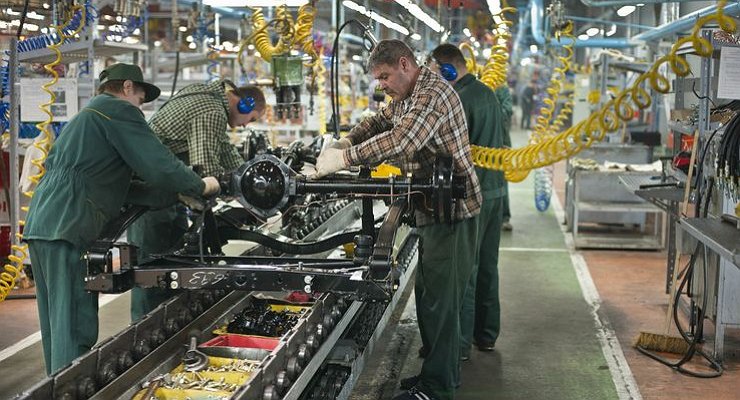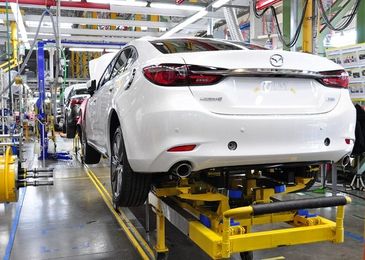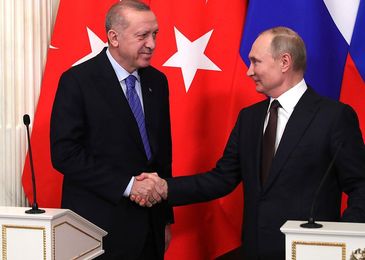After fifteen years of stable operation, the Toyota car plant in Shushary ceased operations. This was announced by company representatives on September 23. According to the official version, the corresponding decision was made in view of logistical problems and the lack of industrial components. Recall that Toyota production in St. Petersburg was stopped on March 4. Since then, the brand hopes to restore regularity and volume of deliveries. But after 6 months a fundamental decision came.
— We have closely monitored the situation and assessed the sustainability of our business in Russia. However, after six months, we have not been able to develop an approach that would allow us to be fully active again, and we do not see the possibility of resuming production in the near future. The decision to stop production in Russia was not an easy one, Autonews quotes Toyota employees as saying.
Led by the infamous breach of logistics, Mazda’s Russian office also announced its intention to exit the local market on September 28. The scenario is still the same: a shortage of inventories and the absence of important car parts, causing production to slow down completely.
For example, the Russian car industry is once again losing important players. And since the start of the special operation in Ukraine, Audi, BMW, Ferrari, Ford, Honda, Infiniti, Jaguar Land Rover, Lamborghini, Renault, Mercedes, Nissan, Porsche, Rolls-Royce, Skoda, Stellantis, VW, Volvo have stopped deliveries of cars to our market. Half of these brands left our country completely before the Japanese, some still retain Russian offices, but almost completely stopped investing in ongoing projects.

















